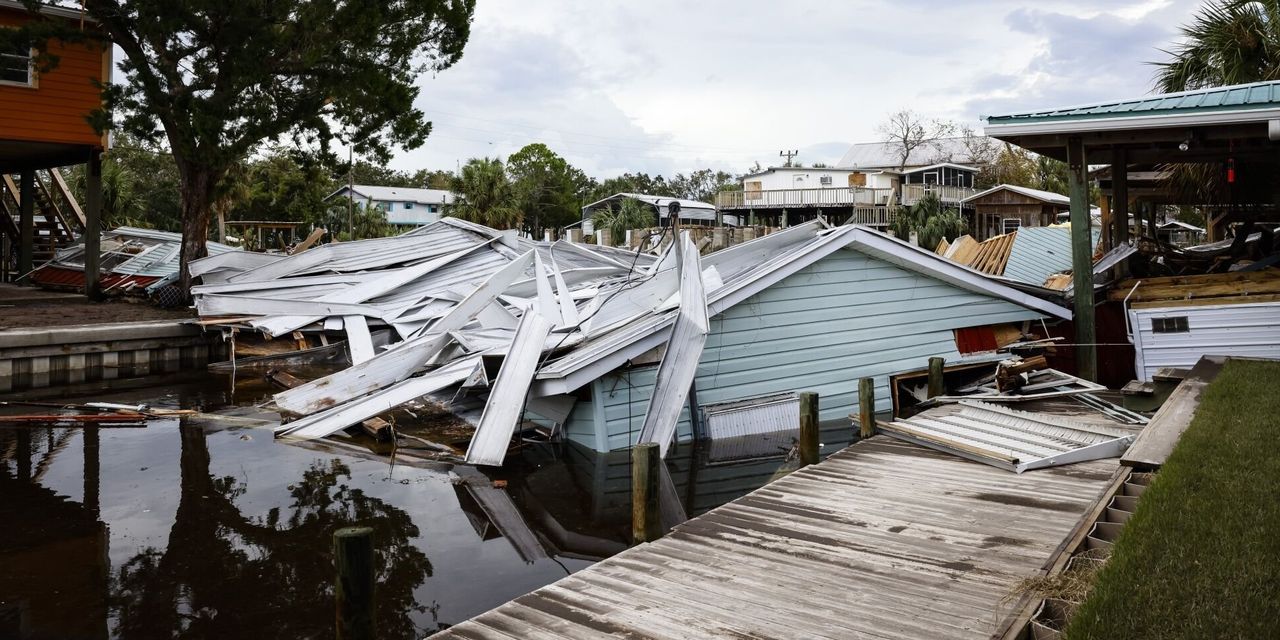Huge losses from national disasters prompt industry to jack up prices and pull back from some markets; ‘worst possible scenario’ for consumers
After Allstate suffered billions of dollars in losses and failed to get the rate increases it wanted, it resorted to the nuclear option.
The insurance giant threatened last fall to stop renewing auto insurance for customers in three states that hadn’t given in to its demands, which would have left those policyholders scrambling for coverage. The states blinked.
In December, New Jersey approved auto rate increases for Allstate averaging 17%, and New York, a 15% hike. Regulators in California are allowing Allstate to boost auto rates by 30%, but still haven’t decided on its request for a 40% increase in home-insurance rates after the insurer refused to write new policies.
For many Americans, getting insurance for both their cars and homes has gone from a routine, generally manageable expense to a do-or-die ordeal that can strain household budgets.



I’m not talking about raw safety. I’m referring to the situation where the average costs a resident of the area will incur due to environmental damage surpasses the amount an average person is willing to pay in insurance premiums. In these kinds of areas, insurance in inherently unworkable, regardless of profit seeking or not (again, minus a minor adjustment in margins)
In these places, you can either add in external subsidies to make the numbers work, which is bound to be unpopular with the people having to pay extra money to support people choosing to incur unnecessary costs, or you can accept that there is no workable insurance scheme in the area that and residents must take account of their own risks. There’s no real way around this basic reality.